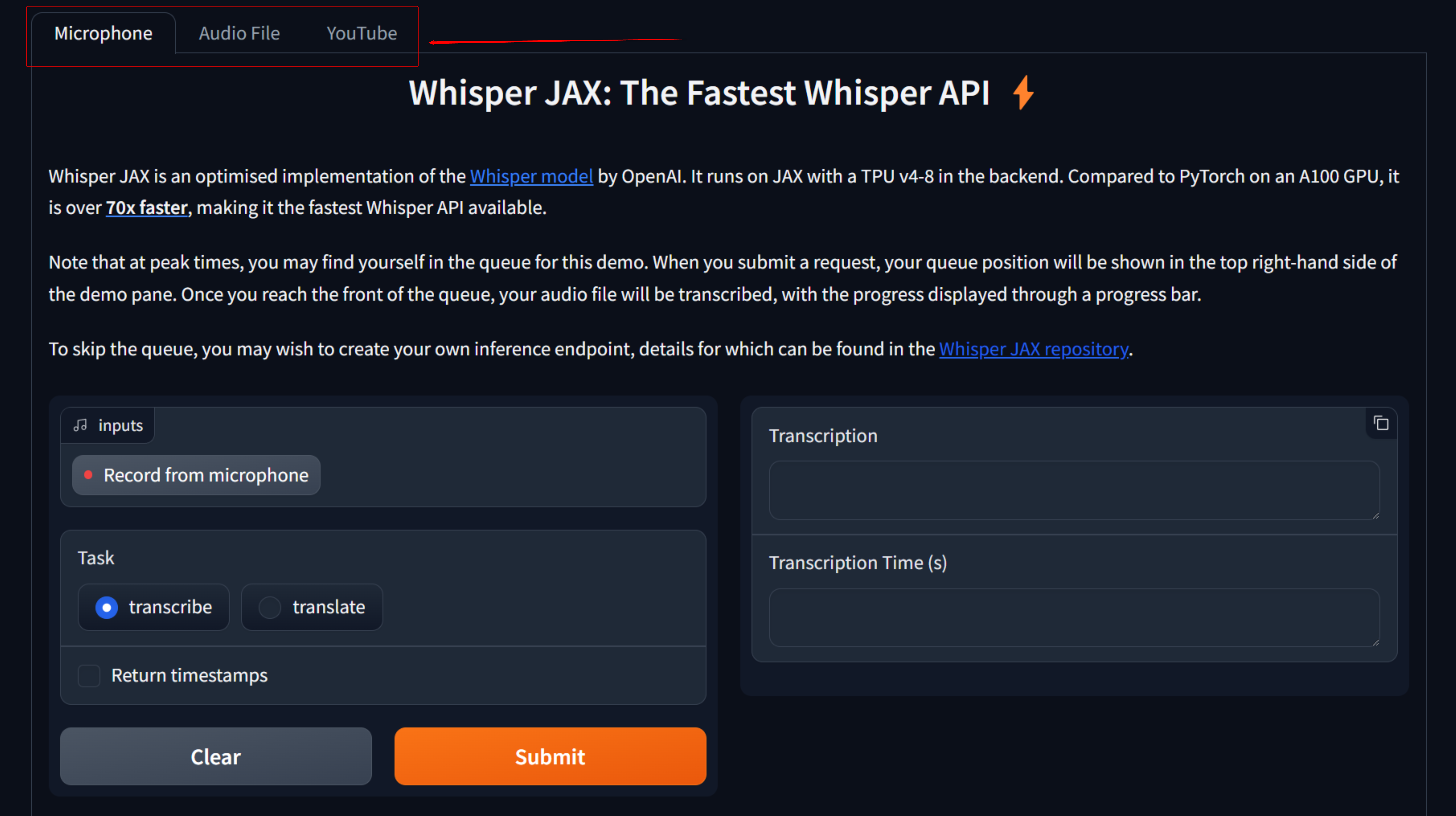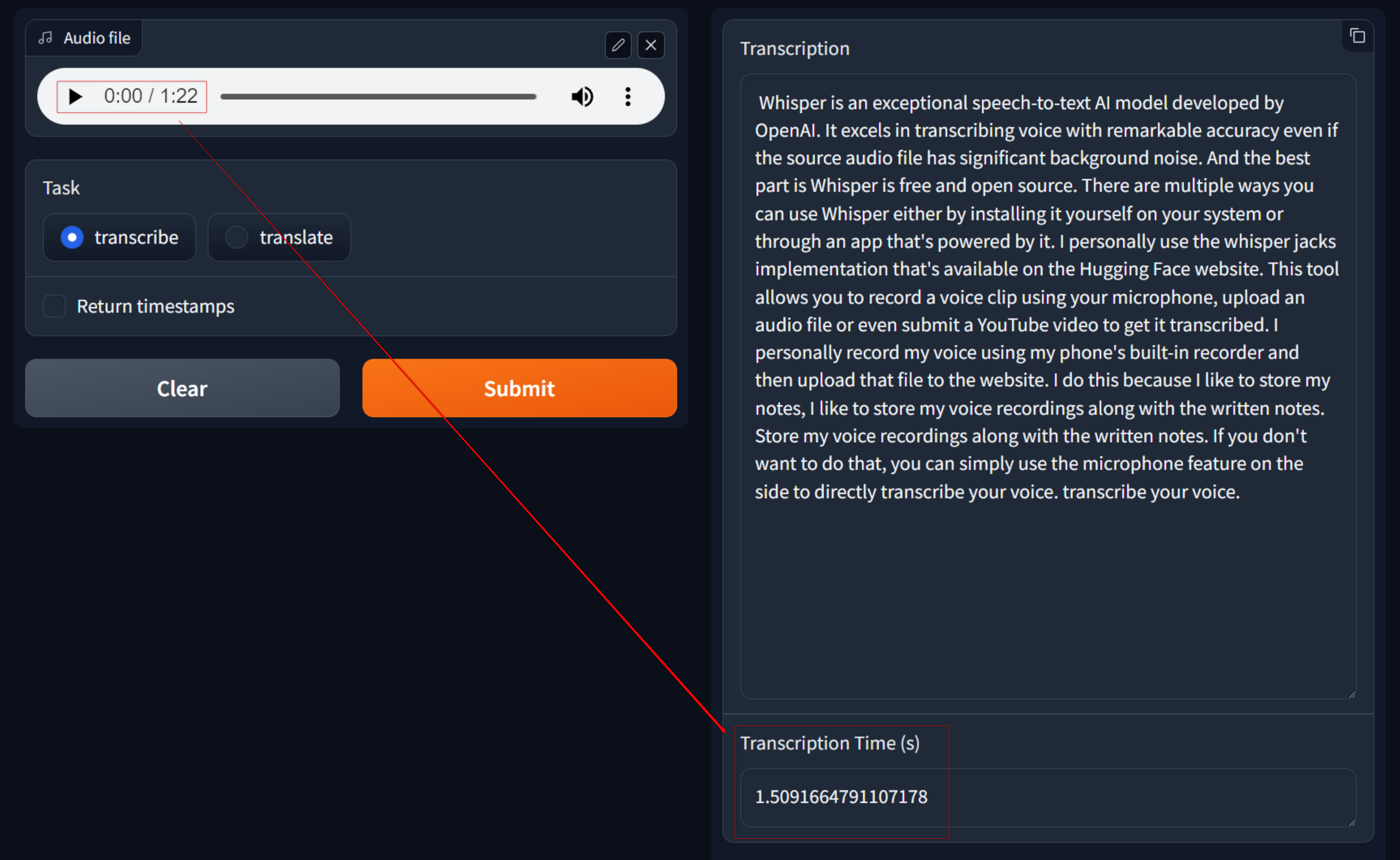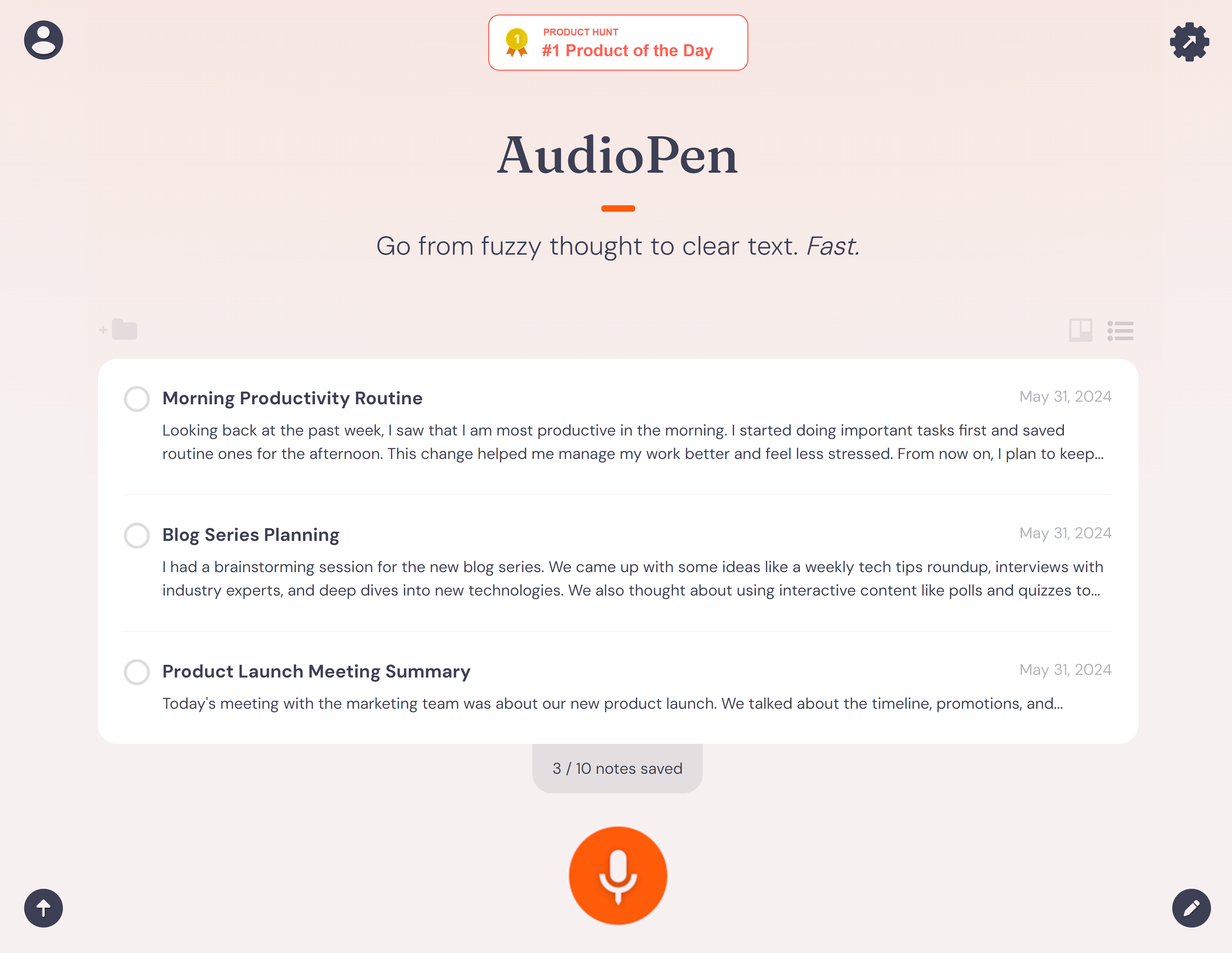
Revolutionizing Personal Data Organization: The Role of AI in Converting and Structuring Audio Memos

Revolutionizing Personal Data Organization: The Role of AI in Converting and Structuring Audio Memos
Key Takeaways
- Use Whisper to transcribe voice notes accurately & fast for free.
- Utilize ChatGPT to create concise, structured notes from the transcriptions effortlessly.
- Save your summarized notes in a note-taking app like Notion or in an all-in-one tool like AudioPen.
I speak faster than I write. It’s also easier for me to blurt out a thought than to write it down. If you also prefer to think out loud like I do, steal my system for transcribing voice notes and keeping them organized so you never lose track of your ideas again.
My Free System to Transcribe, Refine, and Organize My Voice Notes
I have a three-part system where I use free apps and tools to transcribe, refine, and organize my voice notes. Here’s a step-by-step guide showcasing how I use it.
Step 1: Use Whisper to Transcribe Your Voice
Whisper is a free and open-source speech-to-text AI model developed by OpenAI. It excels in transcribing voice with remarkable accuracy, even if the source audio file has significant background noise.
To use Whisper, you can use apps that are powered by the AI model. However, I prefer to use the Whisper Jax implementation that’s available for free on the Hugging Face website. This tool allows you to record a voice clip using your microphone, upload an audio file, or submit a YouTube video to get it transcribed.

Personally, I record my voice using my PC’s voice recorder (or my phone’s) and then upload that file to the website. I do this because I like to store my voice recordings along with the written notes. If you don’t want to do that, you can simply use the microphone feature on the site to directly transcribe your voice.
You can also access this website from your phone and transcribe your voice on the go.

The developer claims you can transcribe a 30-min audio file in 30 seconds, and I agree—it’s blazing fast. In the above example, you can see my 1-min 22-sec recording gets transcribed in 1.5 seconds.
The only problem is that it’s a free demo, and user requests are handled on a first-come, first-served basis. So, when the site gets a lot of users, you might have to wait in a queue. Sometimes, the load can be so high that it might not register your request, in which case, you’ll need to keep clicking the “Submit” button till you get in the queue.
Close
If you don’t want to wait this long, you can consider creating your own instance of Whisper Jax and running it on your PC. The instructions on how to do this are clearly written on its GitHub page . However, this can get a bit too technical, especially if you have never downloaded and installed files from GitHub before.
Alternatively, you can install Whisper, as provided by OpenAI , without the Jax implementation. That said, in my experience, this approach is much slower, taking 1 minute to transcribe 1 minute of audio—but it’s also much simpler to install on your PC. Here’s a YouTube video on installing Whisper that you can use as reference:
The transcription speed will depend on your GPU and how much VRAM you have . If you don’t have a dedicated GPU, you can still run Whisper using your CPU, but it’s so slow that you’re better off using the Whisper Jax free demo on Hugging Face, even if you have to wait in a queue.
Step 2: Use ChatGPT to Summarize the Transcription Into Concise Notes
After you’ve transcribed your audio file using Whisper, you’ll get an unstructured text blurb as an output. It’ll be messy, verbose, and look like a huge wall of text. We need to clean up the text by eliminating all fluff, structuring it, and presenting all the ideas with clear, easy-to-understand formatting. To do this, we’ll be using ChatGPT—even the free version will suffice .
Simply open the AI chatbot and enter the following prompt:
I have a long transcribed text from a voice recording, and I need your help to create concise notes from it. Please identify and summarize the key points, decisions, actions, and any other relevant information from the text. Organize the notes in a structured format for easy reference. Here’s the text:
{Insert transcribed text here}
And that’s it! ChatGPT will process the text and give you a neatly formatted output that’ll be easy to reference in the future.
In my personal experience, ChatGPT works best when your input text is 1500 words or fewer. As such, if the transcription is more than 1500 words long, I’d advise you to break it up into chunks and then feed it to ChatGPT. You’ll then end up with multiple summarized notes. You can then instruct ChatGPT to combine all the notes into a single one and use that as the final output.
Step 3: Save the Notes Inside a Note-Taking App
Once you have the transcription in summarized note form, the final step is to save it to a note-taking app of your choice. You can keep it inside of Apple Notes or Google Keep . I personally prefer using Notion for its more advanced features.
And that’s it! You now know how to turn what you say out loud into concise, easy-to-read notes and save them for quick retrieval and future reference.
The Main Problem With My System
While the free solution I shared above is powerful, there are a few drawbacks. The one that bothers me the most is that I need to jump around three to four different apps, which include my voice recorder app (your phone’s default should do), the Whisper-Jax web app, ChatGPT, and finally, Notion, to complete the process.
Another issue is that the entire system hinges on using Whisper. So, if you’re using the online Whisper Jax free demo, you’d need to be okay with waiting during peak hours. Whereas, if you decide to install Whisper locally, the process can get somewhat technically daunting, and you still need to have a powerful system to ensure decent transcription speeds.
I can understand these drawbacks being a problem for some users, so here’s a super user-friendly alternative—AudioPen .
I developed my free three-part system actually to reverse engineer AudioPen because I liked it so much!
AudioPen—One App to Transcribe, Refine, and Organize Your Voice Notes
AudioPen is an all-in-one tool that can transcribe your voice, refine it, give it structure, and store it as notes so you can access them whenever necessary. Furthermore, it’s a web app that’s not dependent on your system specs to perform optimally.

It has a free version, but it’s somewhat barebones. It only allows you to record (not upload) voice notes, and each recording is limited to 3 minutes.
To use it, simply click on the Microphone button and start talking. Once done, press the stop button to submit your recording. AudioPen will take a few seconds to a minute to transcribe what you said and present all the key points in a clean and structured note. The free account has a limit of 10 notes, so you’ll need to delete older notes to create new ones if you reach the limit.
Close
I do see the free account working for many people, especially if you are okay with capturing smaller voice recordings and copy-pasting the notes to another note-taking app to free up space on AudioPen.
However, if you want more space for your notes and transcribe longer recordings, you can upgrade to the paid version—AudioPen Prime, which packs a swath of amazing features . For $99/year (or $159 for 2 years), here’s a look at what you get:
- Record up to 15 minutes of voice notes, or upload audio files up to 25MB.
- Save unlimited voice notes.
- Create folders and add tags to organize your voice notes.
- A contextual search feature that lets you easily search through all your notes.
- Option to specify a writing style and length for the refined notes.
- Export your notes, publish them online as flashcards, or turn them into branded images and share them on social media.
Speaking is faster and more natural than writing, letting you capture spontaneous ideas in real-time. With tools like Whisper for accurate transcription and ChatGPT for refining transcribed text blurbs, you can turn chaotic thoughts into clear, actionable insights. AudioPen simplifies this even further by combining transcription, refinement, and organization in one app. This superpower ensures you never lose track of your ideas, keeping your creativity and productivity at their peak.
Also read:
- [New] In 2024, Radeon Remembrance Set
- [Updated] 2024 Approved The Ultimate Windows 11 Guide to Recording Games
- [Updated] The Path to Subtle iPhone Shots 4 Essential Techniques Discovered
- 2024 Approved The Best Professional Template Pack for Premiere Pro
- 2024 Approved What's New with Bandicam – The 2023 Expert Analysis
- Accessing ChatGPT Benefits Without Membership
- Complete Review & Guide to Techeligible FRP Bypass and More For Xiaomi Redmi 13C 5G
- In 2024, Ultimate Podcast Rankings SEO Techniques Uncovered
- Reign Over the Market Selecting the Best 7 NFT-Enabling Services for 2024
- Title: Revolutionizing Personal Data Organization: The Role of AI in Converting and Structuring Audio Memos
- Author: Mark
- Created at : 2025-01-01 16:22:49
- Updated at : 2025-01-02 17:42:52
- Link: https://some-guidance.techidaily.com/revolutionizing-personal-data-organization-the-role-of-ai-in-converting-and-structuring-audio-memos/
- License: This work is licensed under CC BY-NC-SA 4.0.